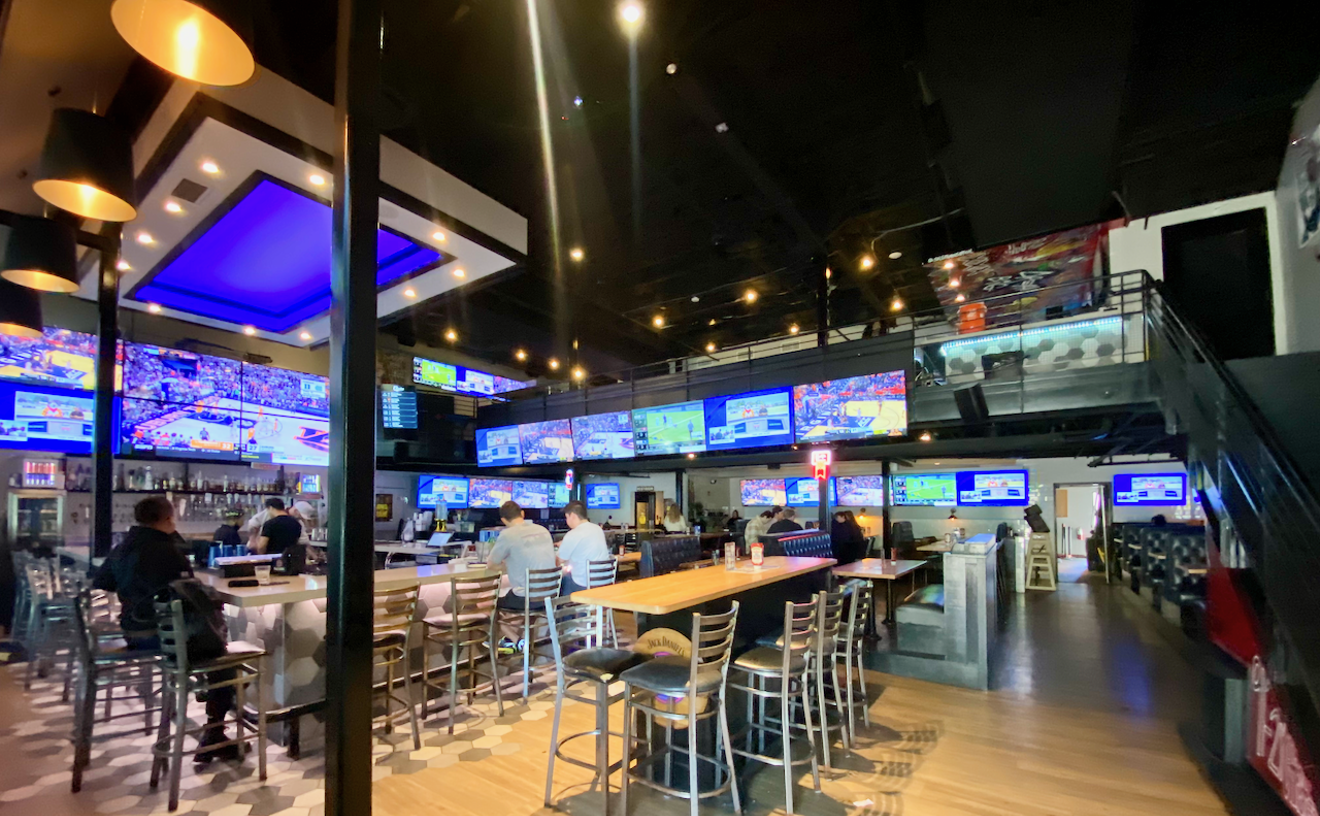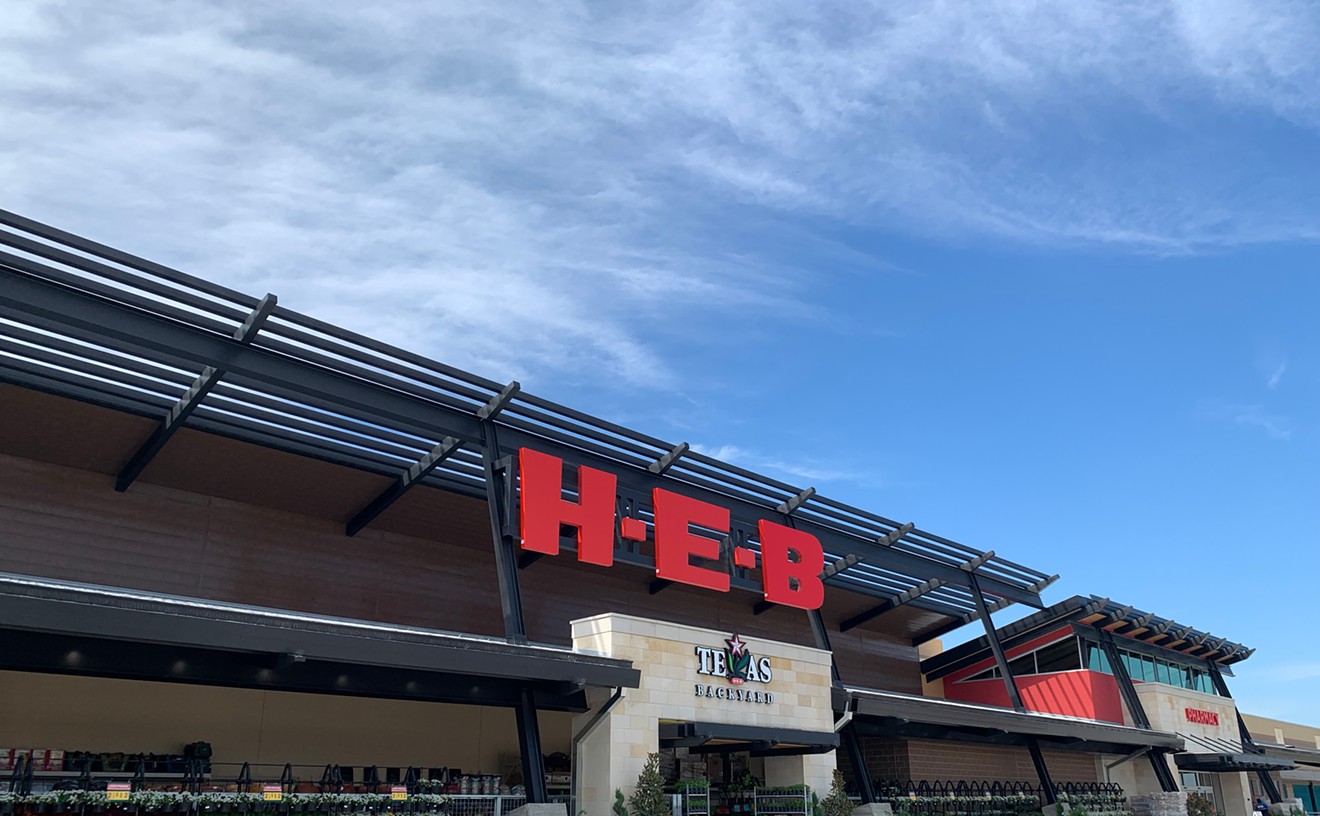All week at City of Ate, we celebrate the magic of the taco. Check back for more interviews, essays and maybe a list or two. Or maybe four?
Dallas is famously flooded with goopy Velveeta queso and sour cream enchiladas, and certain corridors are lined with taquerias. But sit-down restaurants serving authentic Mexican cuisine are harder to find. At Meso Maya, Chef Nico Sanchez is cooking up complex and authentic dishes straight from the southern states of Mexico. We sat down with Sanchez to talk about elevating traditional Mexican cuisine, the love-hate relationship with Tex-Mex, and what it takes to make a good taco.
Meso Maya is an upscale version of traditional Mexican cuisine. What do you think it takes to elevate the food without changing it too much, something like a street taco?
The ingredients that we put in the taco. Typically, a taco is just a tortilla, meat, onions, cilantro, and your sauces. Limes on the side. We take a few different ingredients to make the taco a little more interesting, rather than just your meat, cilantro and onions. We add lettuce and perfectly-cut tomatoes, just the meat of the tomato and not the seeds and skin. And we're not shy about putting meat on our tacos, we put as much as we can in there without going too far on the other side of the line.
Of those ingredients, which do you think are the most important when it comes to making a good taco?
Every single thing in the taco plays a role, but I think to define a great taco, it has to start with a great tortilla. If you have a great tortilla and you just put cheese and salsa in there, it's still going to be a very good taco. In this case, I think the tortilla plays a huge role.
We make our tortillas from scratch. It's a two-day process. We cook the corn right at 4 pm, take it out about 7 pm, and let it sit overnight. We rinse it the next morning and pass it through a molino and add make a masa. Then we hand-press the tortillas for lunch and dinner.
Do you think a lot of restaurants in town do that, or no?
Not all the restaurants do that, I'm sure they make their own, but I don't know if they do the process of making a real corn tortilla from scratch. A lot of people just buy the maseca and add water. It's not the same. They're good too, but it's just not the same as a real, handmade tortilla. Growing up, there was no such thing as a maseca or anything like that, so I wanted to offer that experience of fresh made corn tortilla from scratch. I think they're so different from the ones you buy at the store.
Where do you get your favorite tacos in town?
To be honest with you, I just go to La Ventana. Typically, after a busy night at Meso Maya I don't want to go back in the kitchen and cook something for me, by then I'm tired of looking at the food. So I just go out the back and go to La Ventana and I kill two birds with one stone - I can keep up with the quality of the food that they're doing and feed myself.
Just a quick glance at the menu at Meso Maya will tell you that sauces are an extremely important part of your cuisine. How did you perfect these sauces over the years?
It's a long process. First, I had to understand the product - the pepper or tomato, or whatever - to turn it into something great. I'm making the things that my grandmother and my mom used to cook, but adding modern flavors and techniques to make them really approachable for people.
We passed the era to where Mexican food was defined as soup or a hot, hot taco, or salsa. Our sauces are very complex. The message we have on our brand is "bold, fresh, and earthy." All of my sauces have these components, but they're very well-balanced, whether you're eating them on their own or with a piece of steak or chicken.
Are the more complicated sauces the ones that are your favorite, the ones that are more difficult to make?
Mole, I think, would be the one sauce that is tricky. For me, that sauce has something about it that the more you make it, the better it tastes. Then it gets very easy for you to make it. But for someone who is just learning how to make mole, it can be the hardest thing in the world. It's one of those unique things about the culture of that sauce. You have to practice so many times to perfect the flavor.
How long did it take for you to perfect your own mole?
I've been eating mole for a long time, but I took about three months to work everyday on the sauces that make up our core concept. We identified where we needed to go, and identified which sauces we needed to put on the menu, and worked until we were happy with it. Once I perfected that sauce, I started training the cooks in the same process. It was tough in the beginning to help everyone understand how to make the mole in. When to add the peanut, when to put the chocolate in.
I think that we might be finally past the point of everyone wanting crappy Tex-Mex. Was it difficult to introduce the concept of interior Mexican food and shake up the notion of what people in Dallas thought Mexican food was?
I think it's something that not a lot of people were willing to invest money and time in trying to change the mentality of Dallas people. And nobody will ever be able to change the fact that for eighty or ninety percent of people in Dallas, Mexican food is Tex-Mex. And there's nothing wrong with that, but that's not what we're trying to do. I think when you try it, you'll enjoy the flavor combinations in our food.
Do you have guests who still come in and want or expect really traditional Tex-Mex food? How do you handle that?
We still get some of those people, but the beauty of this concept is that as soon as you enter the doors of Meso Maya, you get the message right away. It's not your typical Tex-Mex restaurant on any level. The service we provide, the drinks, and the food are just different. If people want cheese enchiladas, we will make them cheese enchiladas. If we have all the ingredients to make something, we will do it. But, we also try to win those guests to be one of their own. We'll give them the cheese enchilada, but we'll also give them something from our menu, just to taste. Some people are very against that - they don't want to try something new. Then they try it, and they like it. So that's how we've built up our guests in the restaurant.
I imagine that's a good moment for you, to see someone who didn't want to break out of their box and didn't want to eat your food end up loving it.
It's awesome. One particular dish, the carne asada, if you've been eating fajitas all your life and come to Meso Maya and try our version of fajitas, we will change your mind. It's a great feeling, winning people over like that.
What about the flip side? Do you love or hate Tex-Mex food?
I love Tex-Mex. I don't know if there's anybody who says that they don't like Tex-Mex. If they make a great cheese, onion, and chili enchilada? That's awesome. For real. Chile con carne with chicken, cheese, and great tortillas? Forget about it. To be honest, five years ago, I didn't like it. I thought that it wasn't Mexican food. But once I got deeper into that culture, it helped me understand Dallas when it comes to Mexican food.
You've been working in Dallas since you moved here from Mexico in 1996. How has your cooking changed since you moved to the U.S.?
I think everything evolves. Understanding the business and the palate and what people want helps you change things as you go along. Like I said earlier, when I was making my food in the restaurants I worked in before, I wanted to see their faces. Their eyes would bulge out because it was so hot. Now, I understand more about the product and respecting all the ingredients that we use for cooking. It's like making a color when you're mixing paints. You have to understand how the colors work to get to the result you want.
Another thing that helped me was working side-by-side with chefs that were doing American food. I learned a lot of their techniques and their approach to ingredients and then I turned them into Mexican food. I could be wrong, but typically Mexican restaurants don't have a "face." There's not really a chef with a name that defines a concept. It's just the typical stuff you see - rice and beans, enchiladas with sauce. I don't know if those kinds of restaurants have the ability to compete with high-end American restaurants. But at Meso Maya, I think we can stand beside someone like Stephen Pyles with our quality.
Before coming to the U.S., you studied in Oaxaca and Veracruz, how did those places and their cuisines influence your food?
The beauty of the Mexican cuisine is that from central Mexico all the way to southern Mexico, you can almost define that each state has its own unique food culture when it comes to food. For me, that's where the country's very rich food culture comes from. Up north, it's more basic - the carne asada. More of a focus on meat, and foods that are very easy to cook. In the south, you have to work harder to make your food - making mole from scratch, cooking the corn for tortillas. Just from traveling and seeing different ingredients and dishes, that defined the cooking that I'm doing now. I took the best from the southern states of Mexico to make something new.
What about influences from other south American cuisines, do you find yourself being inspired by the food of lets say, Argentina?
I think Salvadorian food is very similar in some ways to what we're doing at Meso Maya, like the sweet fried plantains served with crema and queso. Cuba, and Honduras too. Even the making of the masa and cooking of corn is pretty close between these cultures, the process is the same, but the ingredients are different. When it comes to making tacos there, they're not making tacos. But it still has the same components - meat and tortillas.
There are a lot of people who think that cheese absolutely doesn't belong on a taco (ahem, Scott Reitz). What do you think about that?
I love my tacos with cheese. Sometimes I crave just a straight-up great piece of meat with spicy sauce and a tortilla. But I bet you'll get tired of eating that kind of taco every single day. The pizza places don't just make one kind of pizza with cheese, pepperoni, and mozzarella. They put salad on top, they use bacon, smoked chicken, whatever. It's just making something different.










